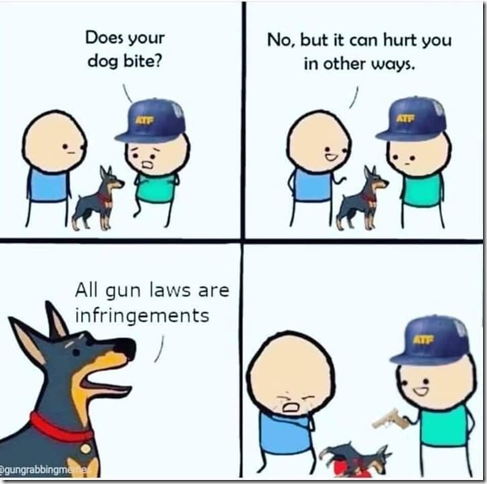Quote of the Day
I think it is a wonderful idea to have a registry of every gun that is owned by a civilian in the United States of America. Because then we could have perhaps less killings in our neighborhoods. Less killings at our supermarkets. Less killings at our concerts. Less killings period in the United States of America.
Bonnie Watson Coleman
US Representative (D-NJ)
July 2024Rep. Bonnie Watson Coleman (D-NJ): “I think it is a wonderful idea to have a registry of every gun that is owned by a civilian in the United States.” pic.twitter.com/b62CI1eAMI
— Greg Price (@greg_price11) July 9, 2024
This is all in response to the ATF spending 10s of millions on digitizing nearly a billion* 4473s from out of business FFLs:
The ATF is caught by Congressman Andrew Clyde of GA holding onto, and digitizing, the records of gun owners; a
violation of the Firearms Owner Protection Act.
Now why do you think they would be doing that? pic.twitter.com/NdvDKpofQi— Kerry Slone (@thereal_SnS) July 10, 2024
Even if you ignore the fact gun registries are only effective for one thing, a gun registry maintained by the U.S. government is illegal.
Addressing congresswoman Coleman claim: she should do some research. Then, try to answer just one question. Registries are not associated with “less killings” of the type she refers to. The only thing registries are good for is gun confiscation.
I hope these people enjoy their trial.
* A bit of good news in this is that nearly a billion records means it’s going to take a lot of people a lot of time to find and confiscation the guns referenced by those 900+ million records. The workers will become fewer and time required even longer as I expect they will become lead magnets.







